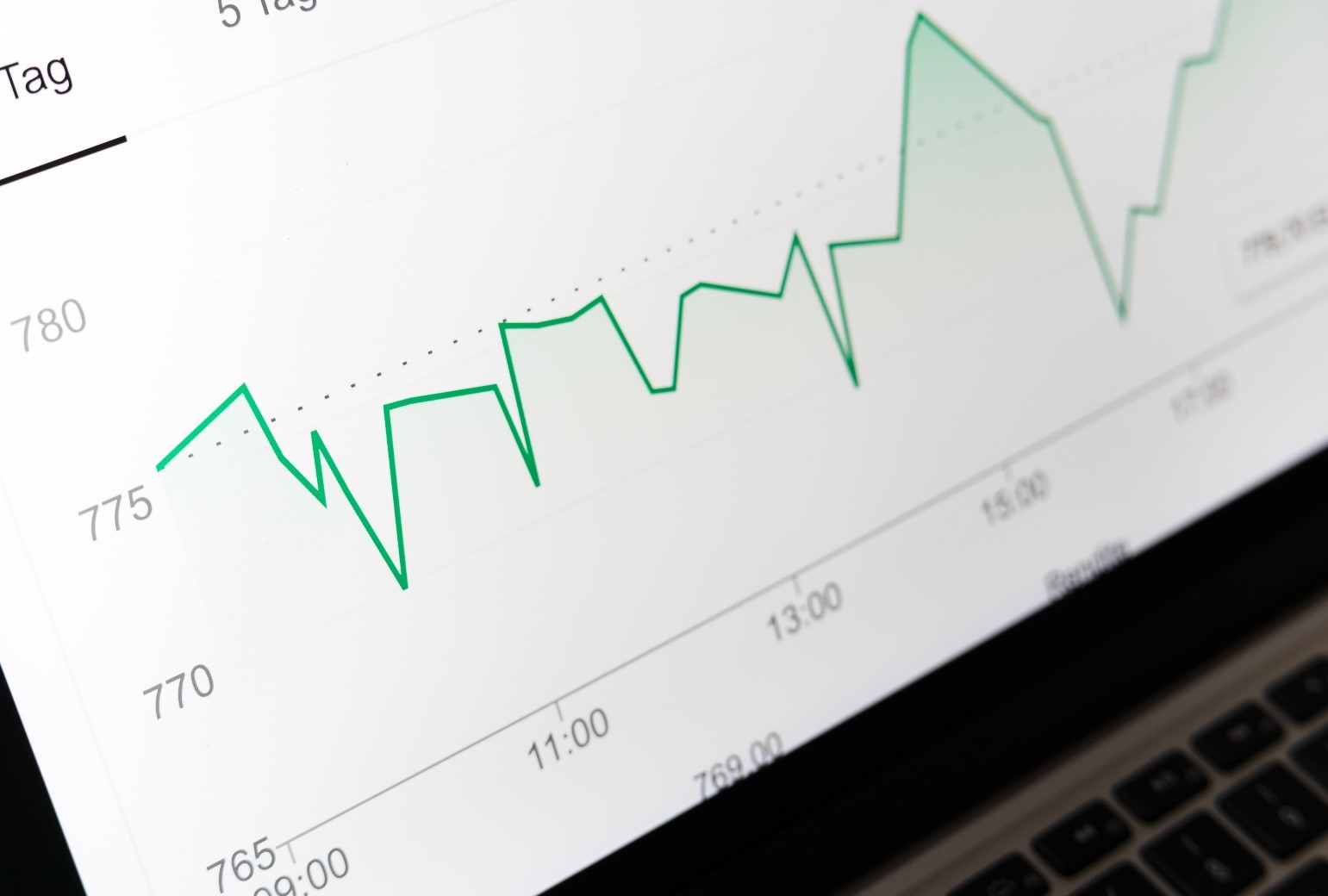Data Analysis is the process of collecting, inspecting, and cleansing of data with the goal of uncovering useful information that will support decision-making.
The importance of the work of data scientists and data analysts is having the ability to translate existing data into insights.
There are 4 main types of data analysis:
- Descriptive Analysis
- Diagnostic Analysis
- Predictive Analysis
- Prescriptive Analysis
It’s not a matter of which type out of the four is better. Cause they are usually executed in different stages and we can't point at one type of them to be a rival to another. They are inter-related, and each offers different type of insights.
With the right choice of analytical techniques, data scientists and data analysts can have the capability to deliver the required insights for decision makers in their organizations.
And being combined together, the four analyses types, can help in answering any question a company could probably ask; starting from what happened up till what should be done so as to reach the desired goals.

What's the Data telling you?
The four different types of Data Analysis help you as a business owner or a decision maker by providing you with answers to your questions:
- Descriptive Analysis: What happened in your business?
- Diagnostic Analysis: Why did that happen?
- Predictive Analysis: What is likely to happen?
- Prescriptive Analysis: How to make that happen?
WHAT? Descriptive Analysis:
Descriptive Analysis answers the question of What has happened in my business?
It explores raw data from multiple sources in order to provide insights into the past; usually in the form of dashboards.
The findings of Descriptive Analysis hints if something is wrong or right, but it doesn’t point out the reasons behind its findings.
Some applications of Descriptive Analysis in Business:
- Business Metrics and KPIs
- Revenue Reports
- Sales leads overview
So, after asking about what has happened? and utilizing Descriptive Analysis to find the answer, one should ask “Why has it happened?” This is where Diagnostic Analysis steps in.
WHY? Diagnostic Analysis:
Diagnostic analysis makes use of the historical data so as to give thorough insights into why has something happened?
This could mean that Diagnostic Analysis takes the insights found by Descriptive Analysis and take a further step in illustrating the reasons behind their occurrence.
Diagnostic Analysis could be used by different organizations to make connections between the data and identify patterns of behavior.
Some applications of Diagnostic Analysis in Business:
- The investigation of the causes of a certain problem.
- The determination of the reasons why a marketing campaign had succeeded or failed.
IF? Predictive Analysis:
Predictive Analysis looks to the future and relies on probability so as to provide an answer for What is likely to happen if specific conditions occur? question.
Predictive Analysis uses the past data findings to make predictions about future outcomes; it utilizes past data for the making of logical predictions about future events.
This is why this type of analysis could be considered to be a step-up from Descriptive and Diagnostic Analyses.
With the usage of statistical models and machine learning techniques, Predictive Analysis is where you start turning the outcomes of both descriptive and diagnostic analyses for decision-making by the forecasting potential future outcomes.
However, it is of the utmost importance to note that the forecasting is only an estimate; the certainty of these predictions lean on the quality of the used data.
Some applications of Predictive Analysis in Business:
- Risk assessment
- Sales forecasting
- The usage of customer segmentation for the determination of the leads who have a chance in converting
HOW? Prescriptive Analysis:
Prescriptive Analysis answers the asked questions of how to eliminate a future problem? or how to take a full advantage of an opportunity?
Some consider it to be the frontier of data analysis; it combines insights from the previous analyses in order to determine the course of action that should be implemented.
Prescriptive Analysis models are constantly learning through the continuous analysis of actions and consequences. Therefore, they’re able to reach and propose solutions.
Conclusion:
Data Analysis supports all types of businesses in decision-making. There are four types: Descriptive, Diagnostic, Predictive, and Prescriptive. Each of them is connected and sometimes rely on another type. Each serves a different purpose, because each one delivers a different type of insights. The movement from descriptive to prescriptive analyses requires more technical ability, but unlocks more and better insights for you.





